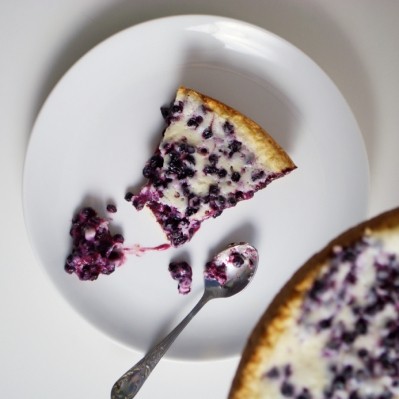Surface texture and health perception: Smoother textures viewed as less healthy but tastier

Previous research has examined how packaging, labelling and even the texture of plate and of cup can impact how food is perceived. A new study, led by Consumer Psychologist Dr Cathrine Jansson-Boyd of Anglia Ruskin University (ARU) and published in Food Quality and Preference, looks at how the appearance of a product itself can influence people's perceptions, using identical biscuits with six different surface textures.
Participants were shown three implicitly and three explicitly textured oat biscuits that were identical apart from the surface texture. The surfaces were either smooth, medium or rough.
The biscuits were then rated on perceived healthiness. Additionally, they were scored on expected tastiness, crunchiness and chewiness, aspects that can affect consumer choice outcomes. The 88 people who took part in the study were also asked to rate how likely they are to purchase the oat biscuit based on visual appearance – not taste or touch.
The researchers said oat biscuits were chosen because there is a certain ambiguity – they can be thought of as both ‘healthy’ and ‘unhealthy’ snacks.
Pronounced texture seen as ‘healthy’
The UK study concluded that the surface texture of an oat biscuit ‘clearly communicated’ to people how healthy that product was likely to be. Participants viewed those with an explicit pronounced texture as being healthier.
However, that doesn’t mean they are more likely to buy textured biscuits. In fact, the reverse was found to be true. Biscuits with a less explicitly textured surface were perceived to be tastier and crunchier. And people were more likely to buy this option.
The study found an inverse relationship between health and taste. As the perceived tastiness increases, expectations of healthiness decrease. And taste remains king when it comes to purchase intent. A low perception of healthiness (and high taste expectation) increased purchase intent, while a high perception of healthiness actually decreased the likelihood a product would be purchased.
This means a 'healthy looking' texture could actually be a liability for a product – reducing perceptions of tastiness, which remains the number on purchase driver.
Enabling healthier choices
While the study detected a negative correlation between health perception and purchase intent, Dr Jansson-Boyd insisted that the findings would actually enable food makers to ‘help’ consumers make healthier decisions.
"The findings are really exciting as they give food manufacturers a means to design foods that can help consumers make healthier choices,” she suggested.
"A sweet item, such as a biscuit, benefits from having an appearance as being less healthy as that increases the perception of tastiness and increases the likelihood of purchase. To guide healthier purchasing decisions, food producers can therefore look to use non-healthy looking, smoother textures to overcome this perception that healthy is not tasty.
"At a time when the World Health Organisation has declared that there is an obesity epidemic, it is essential to think of ways to encourage improved eating patterns. Our research provides a good starting point in how to promote healthier food products."
Source
'To see is to hold: Using food surface textures to communicate product healthiness'
Food Quality and Preference
DOI: https://doi.org/10.1016/j.foodqual.2019.103866
Cathrine Jansson-Boyd, Mateja Kobescak


























